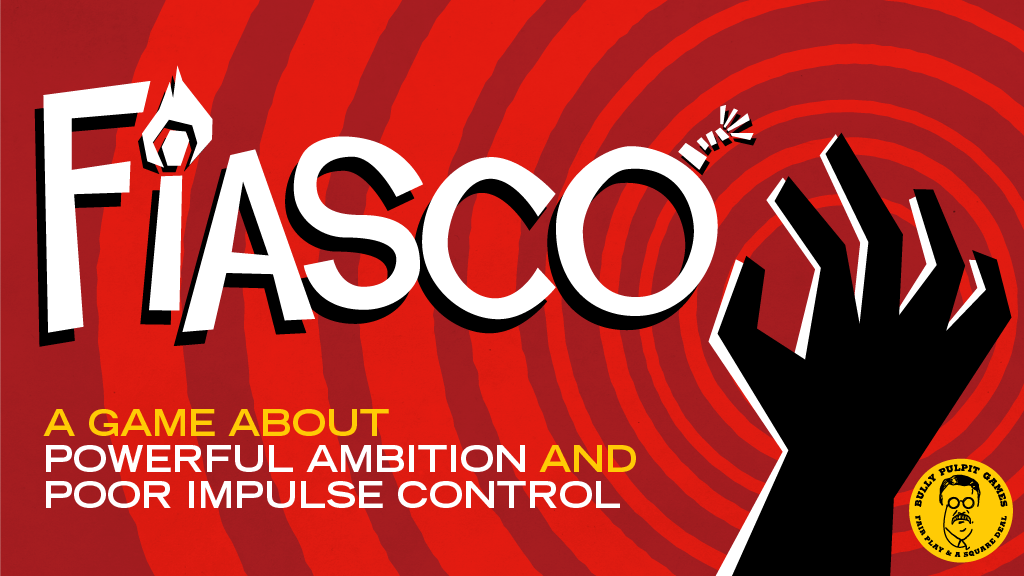By: Will Traband
Fiasco is not what I would expect a TTRPG to be. I did not have to write down my character’s stats, and I did not have to spend hours figuring out how to play. In fact, my party and I finished a game in two hours with no prior knowledge. We undoubtedly messed several things up, but we had a blast. With any game, that is what really matters.
Fiasco is, at its heart, a game about improv. You play a character whose personality, motivations, and even world are generated by you and your friends. It took only a few seconds for us to realize we were unprepared. In Fiasco, you need four dice per person, two dice of each of two colors. Not only did we not have dice of multiple colors, we had no dice at all. So, we improvised. One of us looked around the MADD Center for some dice and found a set that fit almost everything we needed. However, there was one problem. The dice only had one, two, and three on them. Each face was duplicated twice. Unfortunately, the odds differ between rolling those twice and a six-sided die, so we used them as markers of each color. We rolled dice using Google’s online die function and recorded the numbers in my notes app. We agreed the first six dice were one color and the second half the other.
It was by no means an elegant solution, but it worked. We managed to play a full game like that, and it was still fun. Fiasco requires minimal supplies and is entertaining even when played in uncomfortable ways. It requires almost no setup, taking maybe 15 minutes, and all the setup is gamified! Playing Fiasco felt like the game had no setup, and we were only playing. As you create your characters and world, you immediately begin connecting things as a group. We chose the wild-west themed playset and decided our story was set in “the nice part of town.” I chose to be the mail-order bride of the player to my right, and the player to my left decided we had previously been outlaws together. The other two were both church volunteers.
The story immediately put pictures in my head. I knew how my character looked and how she would act. As the story progressed, I felt as if I was just along for the ride. Characters would do things that I did not expect, such as one character who threw a Molotov in my window, and I would have to figure out what to do. We all had different ideas of who our characters were and how the world worked. I tried to be a forgiving character who merely wanted all the ridiculousness to end. It was hilarious because I felt like I was playing the only ordinary person in a completely illogical world. I even pulled off some cartoon physics, and we all agreed it was fine.
You can tell almost any story using Fiasco and never know what will happen until it does. Our story was mediocre. I felt like I played my character too passively and should have reacted more like an actual person. Most people would not easily forgive the person who just burned their house down, but I did because I could not think of a better thing to do. I suspect this would go away with more experience. However, even if our story was flawed, it was a blast to play. This is a testament to how good of a game Fiasco is. Did we play it correctly? I think so, but I don’t know. Was our story good? Eh, it could have been better. Did I laugh and have a good time? You bet.
